Yoga Blog
Exploring the Path: A Comprehensive Guide to Understanding the Eight Limbs of Yoga
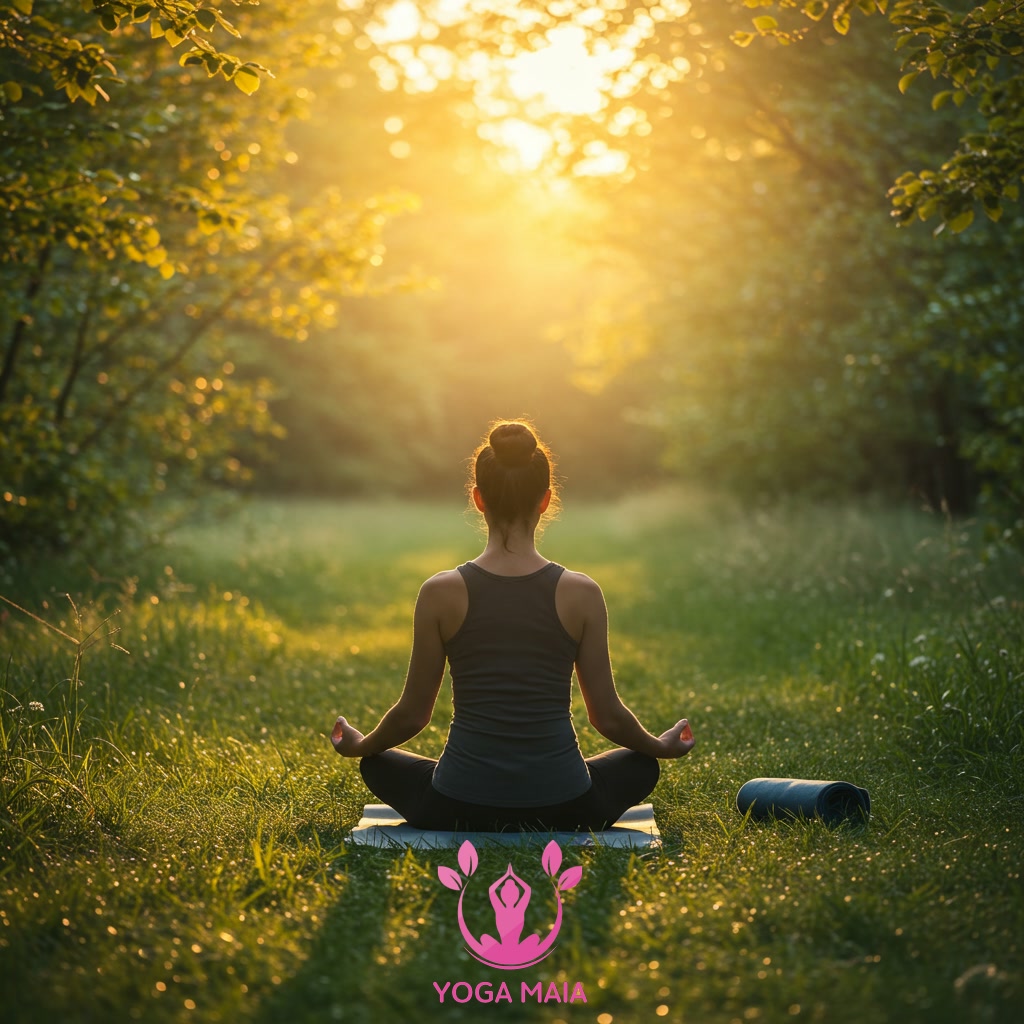
This comprehensive guide delves into the eight limbs of yoga, offering a detailed exploration of this foundational path. It aims to provide a thorough understanding of each limb’s principles and practices. The document outlines the steps involved in progressing along the yogic journey. Ultimately, it serves as a resource for individuals seeking to deepen their knowledge and practice of yoga.
Table of Contents
- Section 1: Introduction: Understanding the Eight Limbs of Yoga
- Section 2: The Foundational Limbs: Yamas and Niyamas (Ethical Guidelines)
- Section 3: The Physical Practice: Asana (Postures)
- Section 4: Mastering the Breath: Pranayama (Breath Control)
- Section 5: Turning Inward: Pratyahara (Sense Withdrawal)
- Section 6: Cultivating Focus: Dharana and Dhyana (Concentration and Meditation)
- Section 7: Reaching Union: Samadhi (State of Absorption)
Section 1: Introduction: Understanding the Eight Limbs of Yoga
Yoga is often understood primarily through its physical postures, or asanas. However, the ancient tradition encompasses a far broader and deeper path towards self-discovery and union. The foundational text, Patanjali’s Yoga Sutras, outlines a comprehensive framework known as the Eight Limbs of Yoga, or Ashtanga Yoga. These eight limbs are not merely isolated practices but represent a progressive journey, a structured path designed to guide individuals towards a state of harmony, clarity, and ultimately, spiritual liberation. Understanding these limbs provides a complete perspective on the yogic journey, moving beyond the physical to encompass ethical conduct, breath control, sensory withdrawal, concentration, meditation, and absorption.
 Introduction: Understanding the Eight Limbs of Yoga
Introduction: Understanding the Eight Limbs of Yoga
Section 2: The Foundational Limbs: Yamas and Niyamas (Ethical Guidelines)
Building upon the understanding that yoga is more than just physical postures, the journey begins with the foundational limbs: the Yamas and Niyamas. These are the ethical guidelines and principles that form the bedrock of the yogic path, shaping how we interact with the world and ourselves. The Yamas, focusing on external conduct, guide our relationships with others and society, promoting non-violence, truthfulness, non-stealing, moderation, and non-possessiveness. The Niyamas, on the other hand, pertain to internal discipline and self-observation, encouraging purity, contentment, self-discipline, self-study, and surrender to a higher power. Mastering these fundamental principles cultivates a stable inner environment and ethical framework essential for progressing through the subsequent limbs of yoga, laying the groundwork for true transformation.
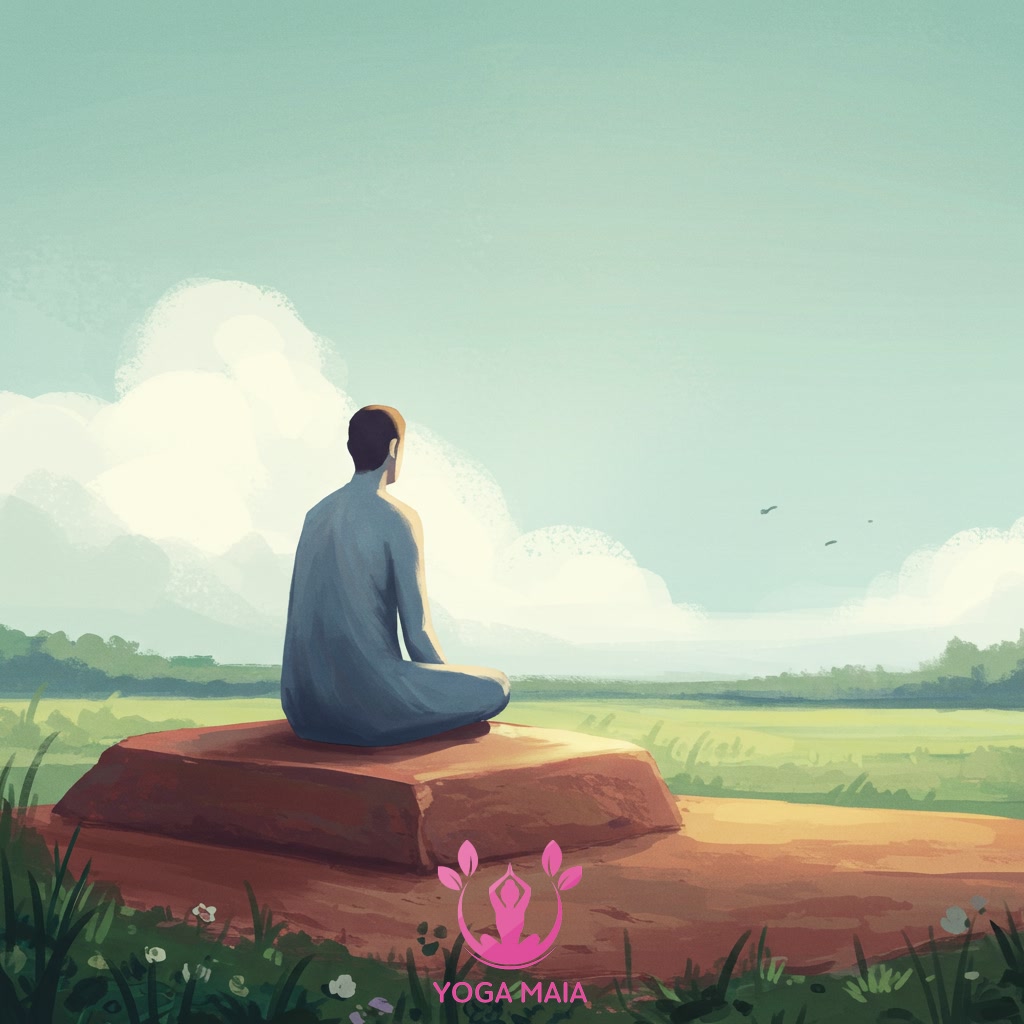 The Foundational Limbs: Yamas and Niyamas (Ethical Guidelines)
The Foundational Limbs: Yamas and Niyamas (Ethical Guidelines)
Section 3: The Physical Practice: Asana (Postures)
Building upon the ethical foundation established by the Yamas and Niyamas, the yogic path progresses to the third limb: Asana. Asana refers to the physical postures or poses practiced in yoga. Far from being mere physical exercise, Asana is designed to cultivate stability, strength, flexibility, and balance in the body, making it a steady and comfortable vessel for deeper practices like meditation. The practice of Asana helps to release physical tension, improve circulation, and quiet the restless mind by focusing attention on breath and movement. While often the most recognized aspect of yoga in the West, Asana is understood within the eight limbs as a preparatory step, essential for preparing the body and mind for the inward journey towards higher states of consciousness.
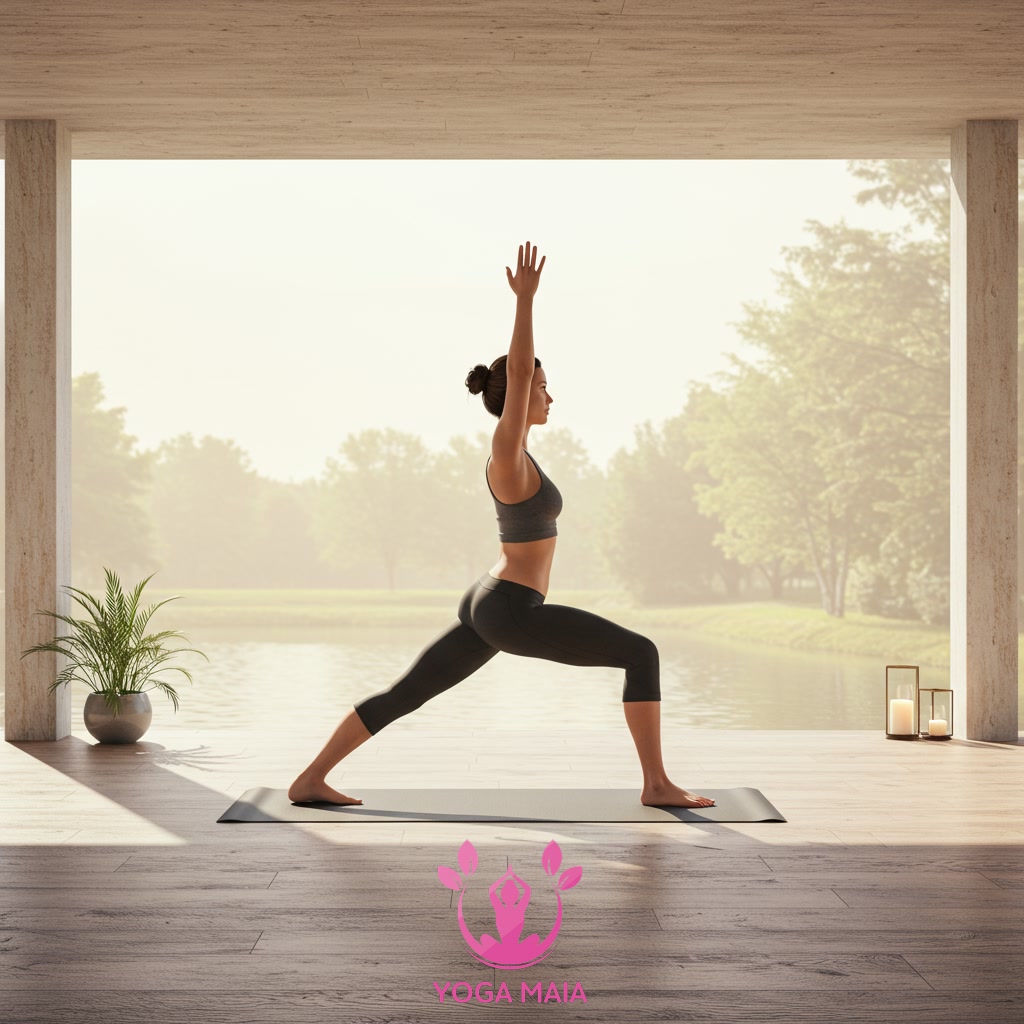 The Physical Practice: Asana (Postures)
The Physical Practice: Asana (Postures)
Section 4: Mastering the Breath: Pranayama (Breath Control)
Transitioning from the physical practice of Asana, the yogic journey moves inward to the fourth limb: Pranayama. This limb focuses on the conscious control and regulation of the breath, which is considered the vital life force, or prana. While breathing is an automatic function, Pranayama involves deliberate techniques to extend, refine, and direct the breath’s flow. Practices range from simple awareness of the natural breath to more complex techniques like alternate nostril breathing (Nadi Shodhana) or victorious breath (Ujjayi). By mastering Pranayama, practitioners gain greater control over their energy levels, calm the nervous system, and bridge the gap between the physical body and the subtle layers of the mind, setting the stage for deeper meditative states.
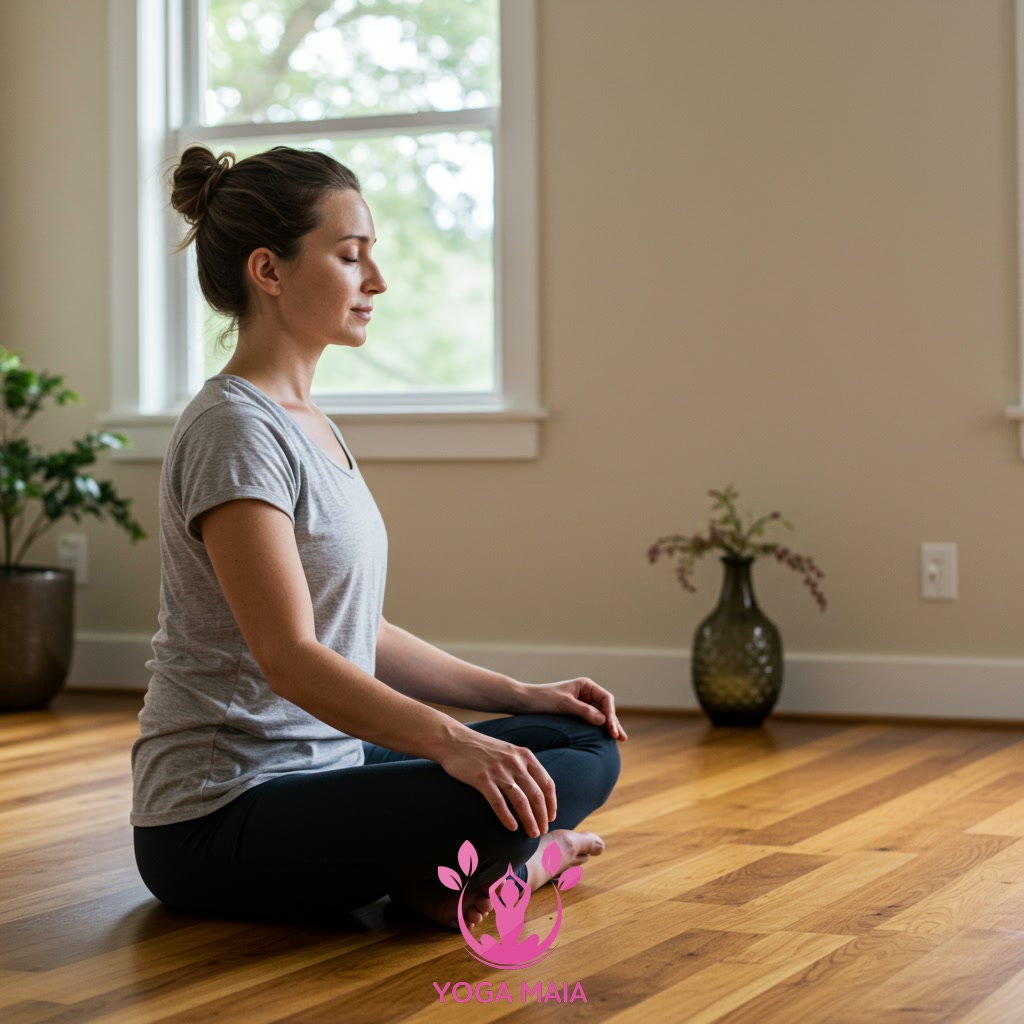 Mastering the Breath: Pranayama (Breath Control)
Mastering the Breath: Pranayama (Breath Control)
Section 5: Turning Inward: Pratyahara (Sense Withdrawal)
Following the control of breath achieved in Pranayama, the yogic path leads to the fifth limb, Pratyahara, or sense withdrawal. This stage marks a crucial transition from the outer, more physical limbs towards the inner, contemplative practices. Pratyahara involves consciously disengaging the mind from the constant barrage of sensory input from the external world. Instead of allowing the senses to pull our attention outwards towards objects, we learn to direct our awareness inwards. This withdrawal is not suppression, but rather a redirection of energy and focus, creating a necessary quiet space within the mind. By reducing external distractions, Pratyahara prepares the practitioner for the deeper states of concentration and meditation that follow, laying the groundwork for true introspection and inner peace.
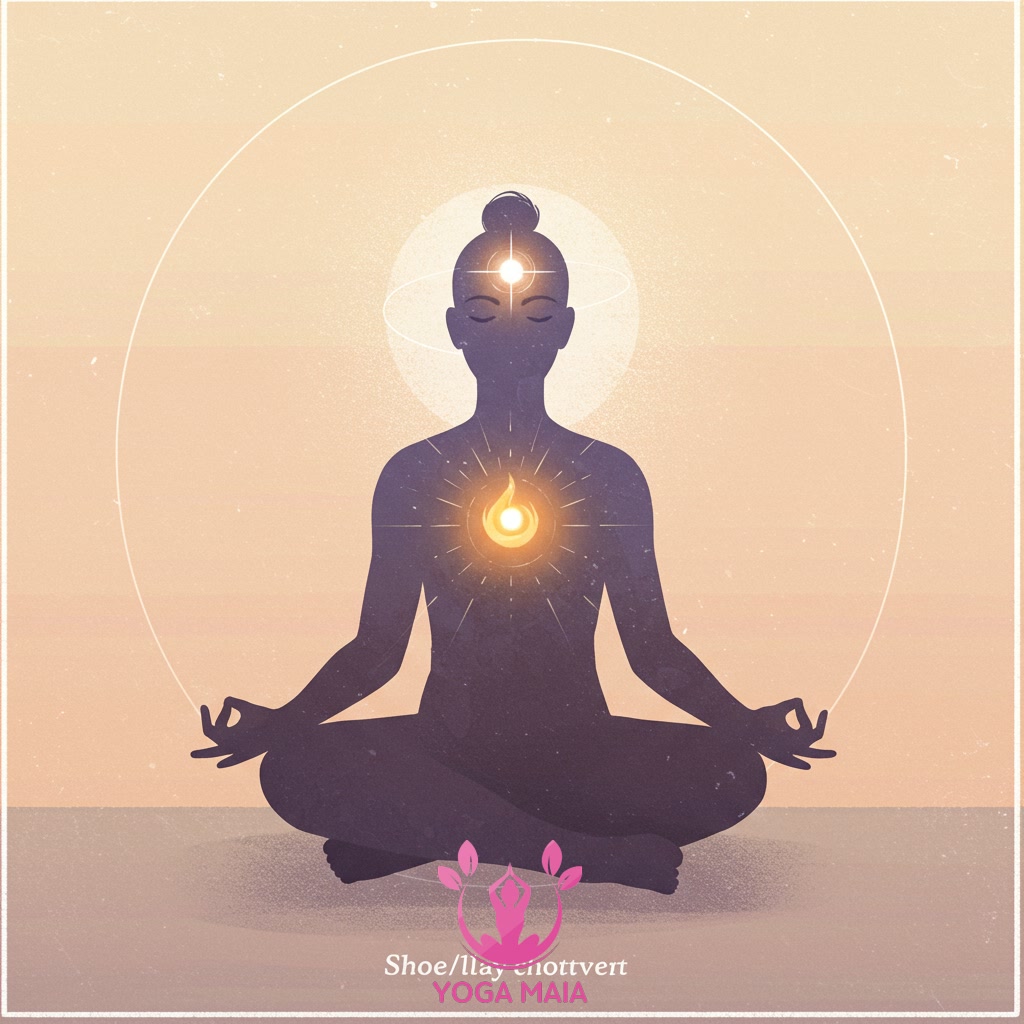 Turning Inward: Pratyahara (Sense Withdrawal)
Turning Inward: Pratyahara (Sense Withdrawal)
Section 6: Cultivating Focus: Dharana and Dhyana (Concentration and Meditation)
Building upon the withdrawal of senses achieved in Pratyahara, the yogic path moves inward to the sixth limb, Dharana, which translates to concentration. This stage involves the deliberate effort to focus the mind on a single point, object, or idea, such as the breath, a mantra, or a visual image, training the mind to stay steady amidst distractions. When this focused attention becomes sustained and effortless, it naturally flows into the seventh limb, Dhyana, or meditation. Dhyana is not about active concentration but a state of profound absorption and contemplation, where the mind remains calm and unified, observing without judgment. It is a state of sustained awareness that arises spontaneously from successful Dharana, marking a deeper step towards inner stillness and preparation for the ultimate state of Samadhi.
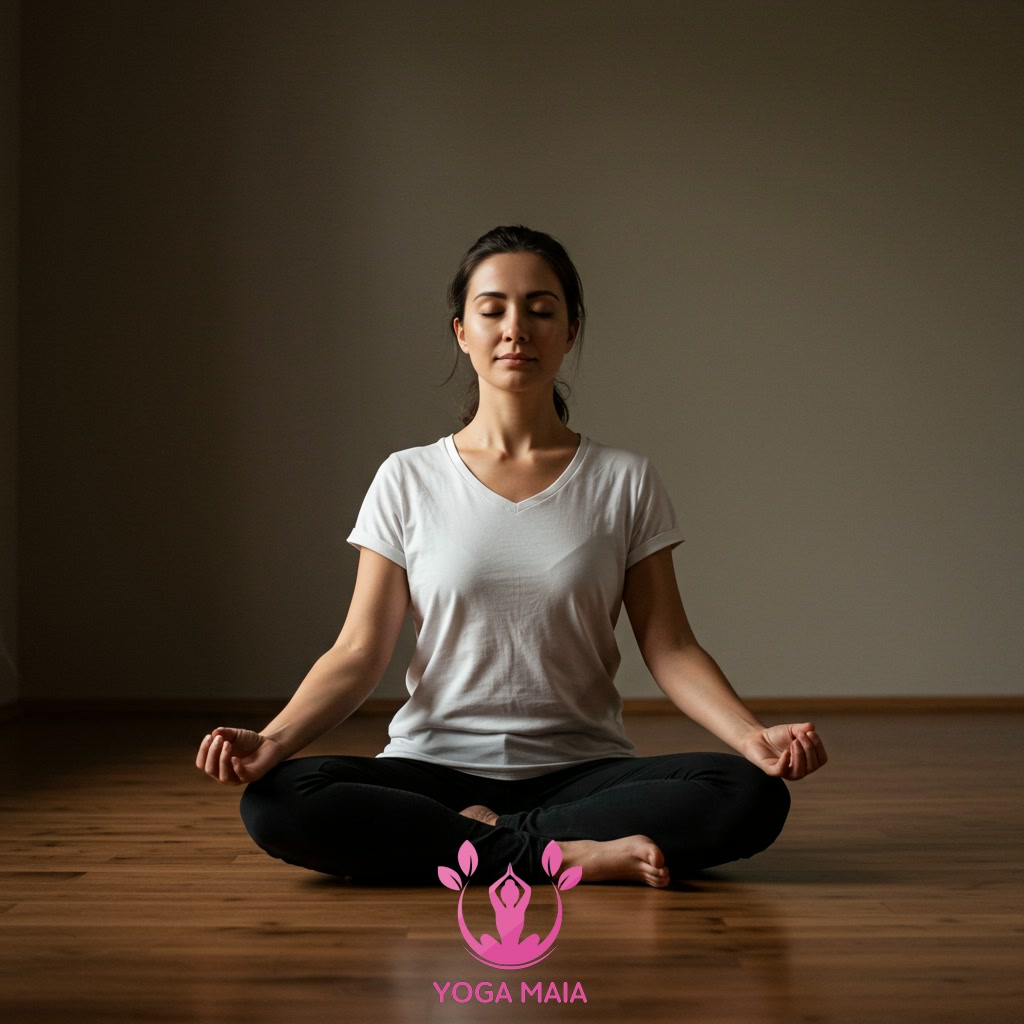 Cultivating Focus: Dharana and Dhyana (Concentration and Meditation)
Cultivating Focus: Dharana and Dhyana (Concentration and Meditation)
Section 7: Reaching Union: Samadhi (State of Absorption)
Following Dhyana, where the mind flows effortlessly towards the object of meditation, the eighth and final limb is Samadhi, often translated as ‘state of absorption’ or ‘union’. This is not a forced state but a natural culmination of the previous limbs, particularly concentration (Dharana) and meditation (Dhyana). In Samadhi, the distinction between the meditator, the act of meditating, and the object of meditation dissolves. Awareness becomes fully absorbed, resting in pure consciousness. It’s a state of profound peace, bliss, and liberation from the fluctuations of the mind, representing the ultimate goal of the yogic path as outlined by Patanjali: a state of complete integration and realization.
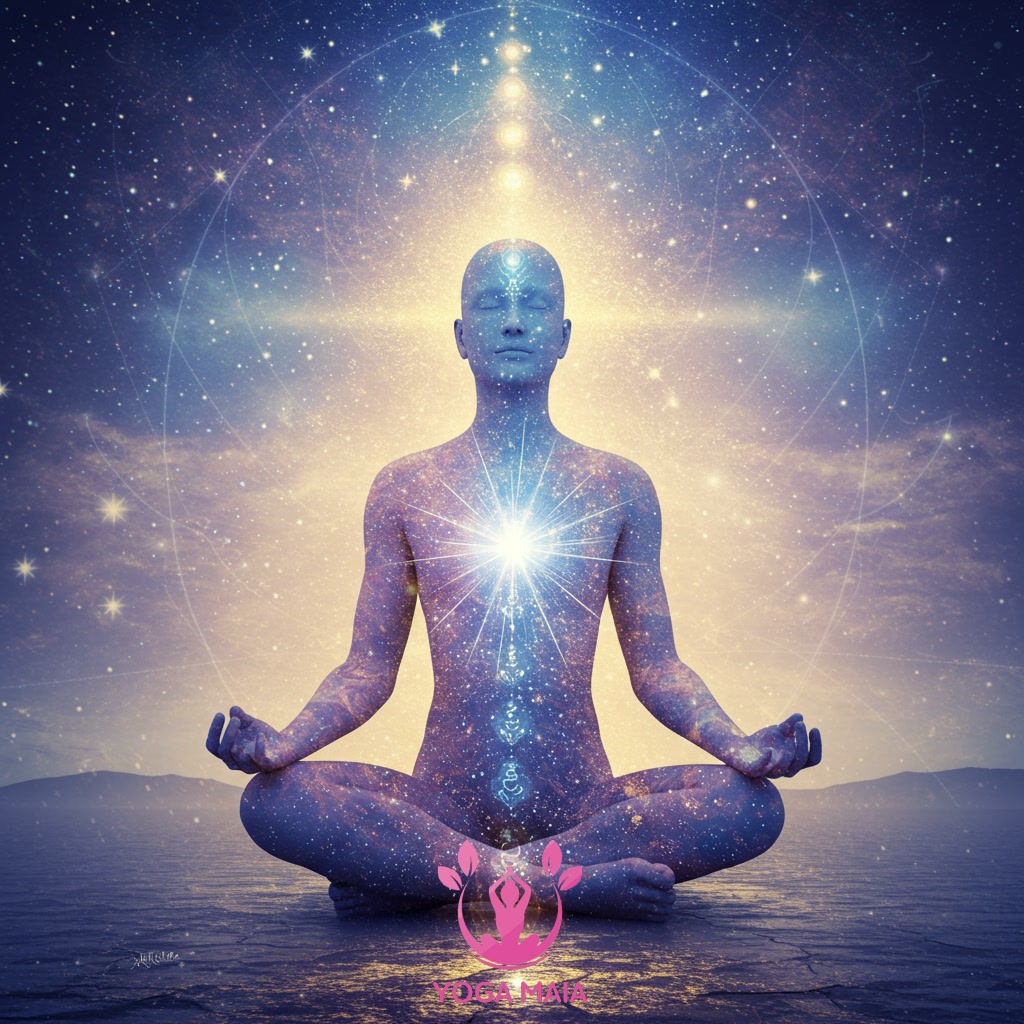 Reaching Union: Samadhi (State of Absorption)
Reaching Union: Samadhi (State of Absorption)












